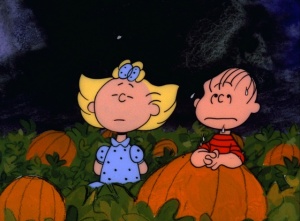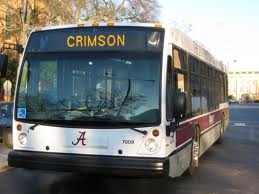Oh, the Great Pumpkin… I think it’s fair to say it’s a lot like compromise in the government at the federal level. Elusive. The U.S. is in day 14 of the partial government shutdown because according to NBC News’, Tom Curry, “Republican say Democrats are seeking to undo the spending limits, or sequester, that Congress and President Barack Obama agreed to as part of the 2011 Budget Control Act.”
Both Republicans and Democrats are steadfast in their beliefs. It seems as though no one is willing to compromise.
If the federal government decided to default on its debt it would set us back economically. Already, realtors are seeing nervousness within the home buying industry.
Currently, the government shutdown is impacting individuals who hold government jobs and benefit from government programs and funds.
Marie Claire U.S.A. said that the shutdown is putting domestic violence victims at a greater risk. Some 2,000 shelters in the U.S. rely on funds from the Family Violence Prevention Services Act, Violence Against Women Act, and the Victims of Crime Act. Without this money, shelters are having a hard time caring for women and their children.
According to Glamour, “9 million women and their children receiving benefits through the Special Supplemental Nutrition Program for Women, Infants, and Children (also known as WIC) could lose them “in a week or so.” In Utah, about 65,000 women have already lost these benefits. Women enrolled in the program are living near or below the poverty line, and rely on the WIC to for the most basic of needs.”
Can’t these examples help spur our government towards a remotely bipartisan decision?
Not even Linus and Sally made it waiting for the Great Pumpkin. At some point, even they had to go home.









